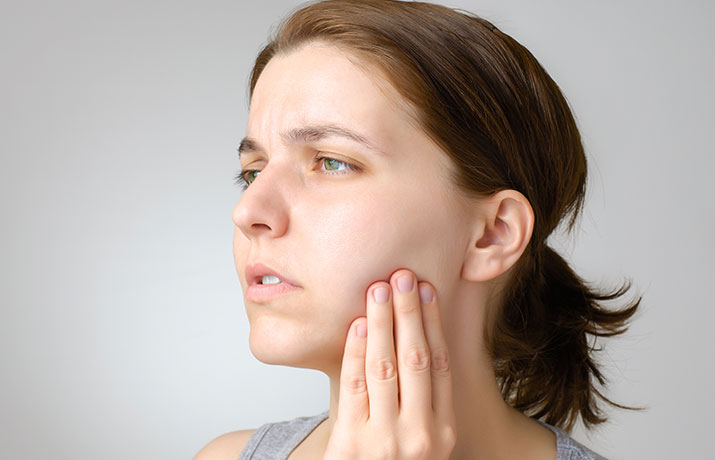Do you or a loved one suffer from severe migraine? Migraine may prevent you from engaging in an active, healthy day-to-day life. If migraine is diagnosed, you may be wondering if there is anything you can do to prevent them. Botulinum toxin injectables commonly used for treating wrinkles are now used to treat chronic migraines too. The United States Food and Drug Administration has approved neuromodulating drugs (such as Botox, Mybloc, Xeomin, and Dysport) for migraine treatment.
Evidence suggests that the drug disrupts the pain transmission pathway between the brain (central nervous system) and nerves that branch off the spinal cord. When you have a migraine, your body releases neurotransmitters and molecules that are linked to pain. Botulinum toxin inhibits the transmission of these substances, which typically occurs where nerves and muscles meet. Upon injecting the drug into the muscles around the head, face, or neck, nerves take it up. This thus interferes with pain-related neurotransmission.
This article will guide you through some key points to consider while using Botox for migraines and how long it takes to work on migraine patients.
Important Points to Consider
- Botox for migraines may have a good effect up to 12 weeks in people who respond well. You will have to see your doctor four times a year for treatment, or as directed.
- You won’t have to remember to take a daily migraine prevention pill because Botox is an injection that you get every 12 weeks.
- Your doctor may recommend combining other methods including oral medications along with Botox for a more comprehensive migraine management.
How Long Does Botox Take to Work for Migraines?
Botox is typically started with two treatment sessions spaced 12 weeks apart. After the second session, your doctor will evaluate how well the treatment works on your migraine. If Botox is working well for you, you will continue with your migraine treatment every 12 weeks (4 injections in a year), or as directed by your doctor.
Botox prevents 8 to 9 headaches or migraine days per month on average, compared to 6 to 7 days for an inactive treatment. Your results may differ. Some patients may experience migraine relief as soon as 4 weeks. If Botox works for migraine prevention, you should see results after the second injection at 12 weeks.
In a span of 6 months, most patients may have fewer headache days. Botox also reduces the total length of time headaches last as compared to other treatment methods.
Botox can help prevent migraine for up to 12 weeks in people who respond well to treatment. You will have to consult with your doctor four times a year for treatment, or as directed.
You won’t have to remember to take a daily migraine prevention pill because Botox is an injection that you get every 12 weeks. If your doctor gives the go-ahead, you can use a combination of oral medications and Botox to treat acute migraines and lessen pain. Remember, migraine management is not an overnight process, and your patience will certainly pay off in the long-term.




